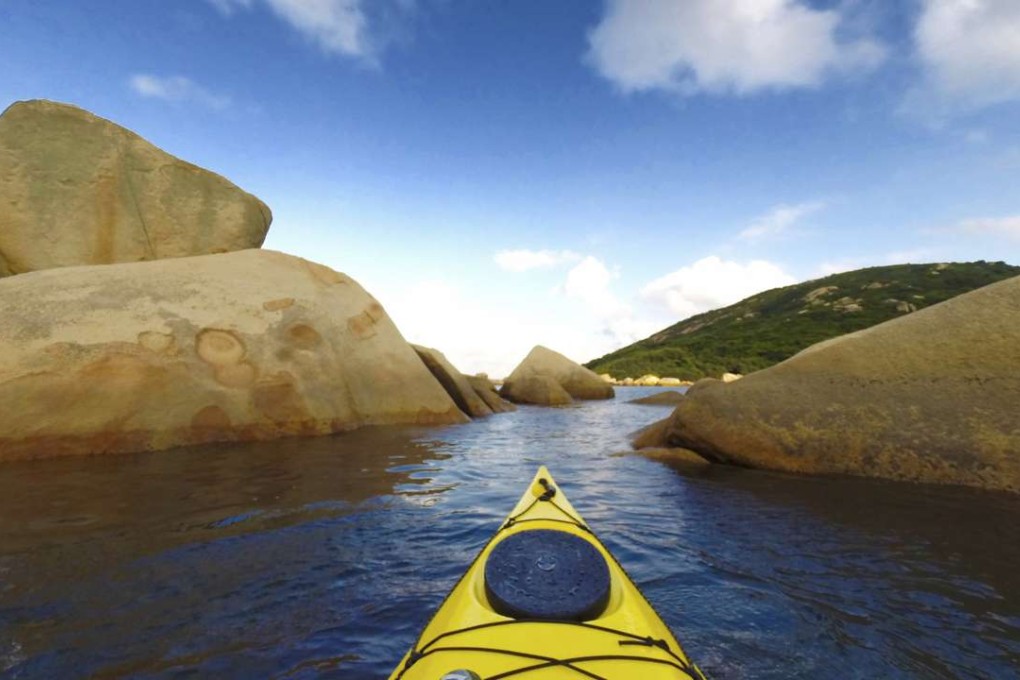Kayaking in Hong Kong: where to go and everything you need to know
Whether playing in the shallows or surfing in the waves, camping out on remote beaches or exploring traditional villages, there are easily accessible kayaking spots for all types in Hong Kong

There’s a kayaking destination with exposed shores of rare and beautiful geology riddled with sea caves. It has white sand beaches and small uninhabited islands that are as fun to circumnavigate as they are to camp on. The weather is suitable for kayaking year-round, and there’s something for everyone, from beginners to expert paddlers.
New Zealand? Some part of the Mediterranean coastline? Actually, it’s Hong Kong, where ideal conditions make kayaking one of the best ways to enjoy the city’s natural attractions.
World Oceans Day on June 8 is the perfect excuse to celebrate kayaking and the connection it creates with Hong Kong’s coastline.

Getting out on the water and exploring Hong Kong’s coastline has a unique effect on people – everyone is shocked and dismayed to see how much rubbish washes up on the beaches. Many of Hong Kong’s most passionate advocates for clean beaches and plastic-free seas are also avid water sport enthusiasts, and that’s no coincidence. Exploring our natural resources and seeing the damage already done awakens the environmental protectionist in all of us.